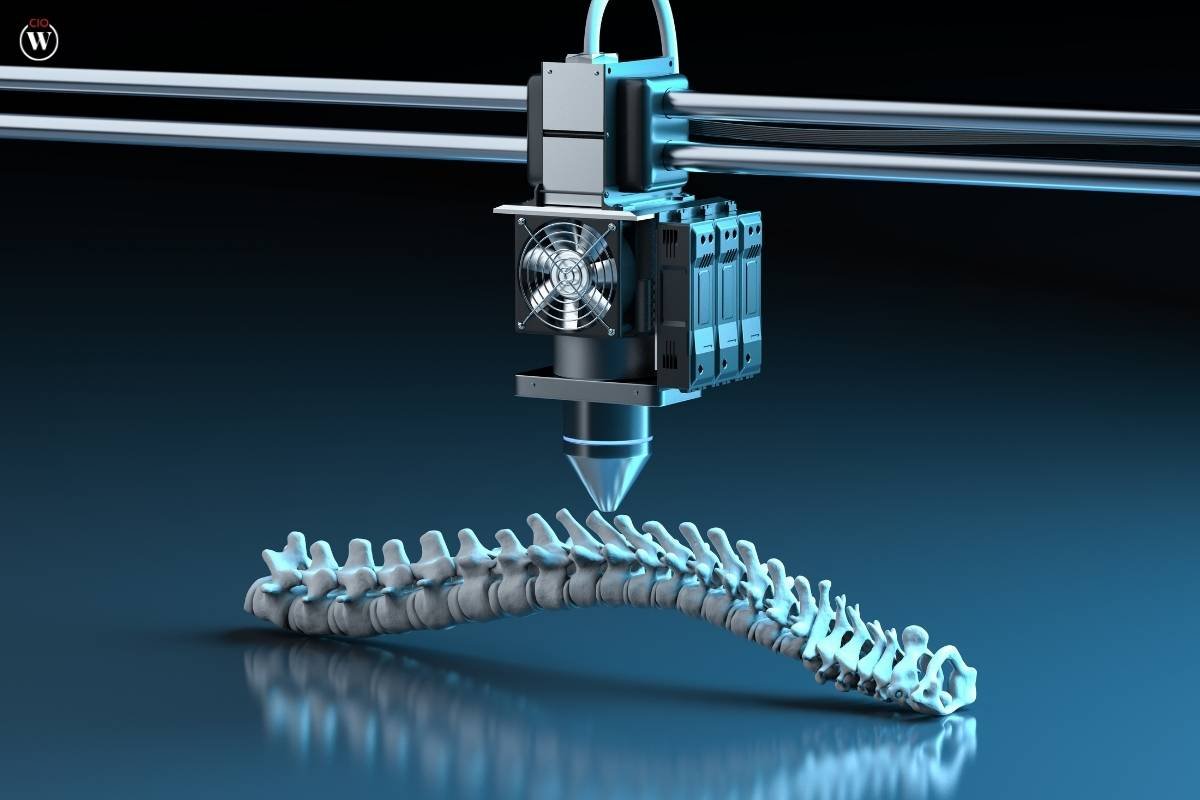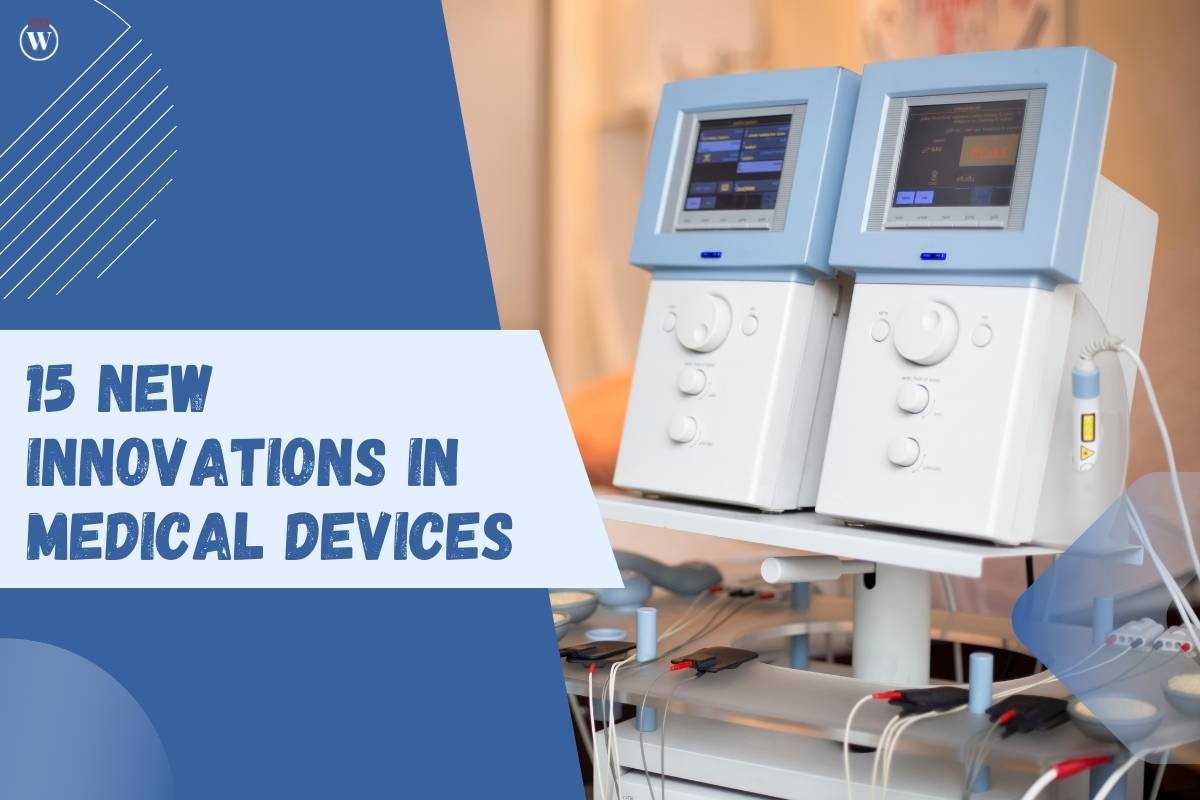In the rapidly evolving landscape of healthcare, technological advancements play a pivotal role in transforming patient care and treatment methodologies. The phrase “New innovations in medical devices” encapsulates the essence of groundbreaking developments that continue to reshape the medical field.
In this article, we will explore 15 New innovations in medical devices that are set to revolutionize healthcare:
1. Robotic Surgery Systems:
Innovations in medical devices have given rise to state-of-the-art robotic surgery systems. These systems enable surgeons to perform minimally invasive procedures with unparalleled precision. The keyword, “new innovations in medical devices,” comes to life in the form of these robotic assistants, enhancing the effectiveness of surgeries and reducing recovery times.
2. Smart Contact Lenses:
Advancements in the field of ophthalmology have led to the creation of smart contact lenses. These lenses can monitor glucose levels in tears, providing a non-invasive method for managing diabetes. The integration of technology into everyday eye care is a testament to the continuous progress in medical device innovation.
3. 3D-Printed Organs:

The advent of 3D printing technology has paved the way for the creation of artificial organs. Scientists and researchers are making significant strides in printing functional organs using a patient’s cells. This groundbreaking innovation has the potential to address the organ transplant shortage, marking a paradigm shift in healthcare.
4. Implantable Cardioverter-Defibrillators (ICDs):
In the realm of cardiology, implantable cardioverter-defibrillators stand out as a remarkable innovation. These devices continuously monitor the heart’s rhythm and deliver electrical shocks when necessary, preventing sudden cardiac arrest. The integration of cutting-edge technology in ICDs showcases the continuous evolution of medical devices for cardiovascular health.
5. Wireless Brain Sensors:
Neurology benefits from wireless brain sensors, which offer real-time monitoring of brain activity. This innovation aids in diagnosing and treating neurological disorders by providing accurate and instantaneous data. The synergy of wireless technology and medical devices opens new possibilities for understanding and managing conditions affecting the brain.
6. Nanorobots in Medicine:
Nanorobots represent a fusion of nanotechnology and medical science, introducing microscopic devices designed to perform specific tasks within the human body. These tiny marvels can target and deliver medications to precise locations, offering a highly targeted and efficient approach to treatment. The concept of nanorobots embodies the cutting-edge nature of new innovations in medical devices.
7. Virtual Reality in Rehabilitation:

New innovations in medical devices extend to rehabilitation with the integration of virtual reality. Virtual reality platforms provide immersive environments for patients undergoing physical therapy. This not only enhances the rehabilitation experience but also accelerates the recovery process, showcasing the transformative power of technology in healthcare.
8. Smart Inhalers:
For individuals with respiratory conditions such as asthma, smart inhalers represent a groundbreaking development. These devices connect to smartphones, enabling users to monitor their inhaler usage and receive reminders for medication. The marriage of technology and medical devices in smart inhalers improves adherence to treatment plans, ultimately enhancing patient outcomes.
9. Wearable Health Monitors:
The rise of wearable technology has given birth to health monitors that continuously track various physiological parameters. From heart rate and sleep patterns to activity levels, these devices provide valuable data for both patients and healthcare professionals. The integration of wearables exemplifies the ever-expanding frontier of new innovations in medical devices.
10. Telemedicine Devices:
In an era where connectivity is paramount, telemedicine devices have become integral to healthcare delivery. These devices facilitate remote patient monitoring, virtual consultations, and even the administration of treatments. The keyword, “new innovations in medical devices,” encapsulates the transformative impact of telemedicine on the accessibility and efficiency of healthcare services.
Also read: 10 Most Innovative Medical Equipment in 2023
11. Bionic Limbs with Sensory Feedback:
Advancements in prosthetics have led to the development of bionic limbs with sensory feedback. These devices provide users with a more natural and intuitive experience, allowing them to feel sensations and control movements with greater precision. The continuous refinement of bionic limbs showcases the commitment to improving the quality of life for individuals with limb loss.
12. Smart Pills:
In the realm of medication adherence, smart pills are revolutionizing how patients take their medications. These pills contain sensors that communicate with wearable devices, ensuring that patients take their prescribed medications on schedule. This innovative approach to medication management underscores the potential of new innovations in medical devices to enhance treatment outcomes.
13. Augmented Reality Surgical Navigation:

Surgeons now benefit from augmented reality surgical navigation systems that provide real-time guidance during procedures. This innovation overlays digital information onto the surgeon’s field of view, improving accuracy and precision in complex surgeries. The integration of augmented reality exemplifies the constant pursuit of excellence in medical device development.
14. Gene Editing Tools:
The emergence of gene editing tools, such as CRISPR, represents a revolutionary breakthrough in medical science. While not traditional medical devices, these tools have the potential to correct genetic abnormalities and treat various genetic disorders. The keyword, “new innovations in medical devices,” extends to encompass groundbreaking technologies that redefine the boundaries of medical intervention.
15. Biodegradable Implants:
As environmental sustainability gains prominence, medical devices are also evolving to align with eco-friendly principles. Biodegradable implants, designed to break down over time, reduce the environmental impact of medical interventions. This forward-thinking approach to device development highlights the commitment to responsible innovation in the healthcare sector.
Conclusion
The phrase “new innovations in medical devices” is a testament to the ceaseless progress in healthcare technology. From robotic surgery systems to gene editing tools, these 15 innovations represent a glimpse into the future of medicine. As technology continues to advance, the boundaries of what is possible in healthcare will undoubtedly expand, ushering in an era of unprecedented innovation and improved patient outcomes. The journey of discovery and development in medical devices is far from over, promising a future where healthcare is more accessible, precise, and effective than ever before.









